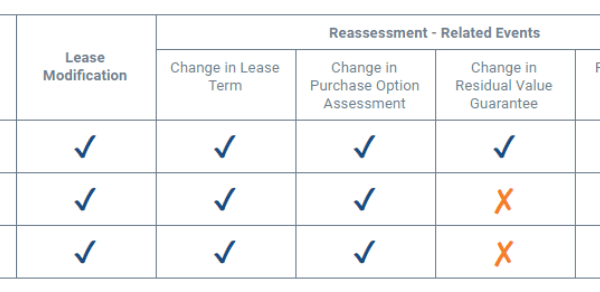Author: Buildout This post originally appeared on Buildout’s Blog and is republished with permission. Find out how to blog with us on theBrokerList.
If comp data isn’t the backbone of commercial real estate, it certainly serves as foundational support. Brokers use comp data to identify recent transactions involving properties and spaces similar to their clients’.
Commercial real estate comp data is the perfect tool for brokers to value property and identify new opportunities. It’s also helpful in negotiating and identifying trends.
But what exactly is comp data? Where can you get this vital information? And do you really need it?
Today, the market is more volatile than ever. There’s not enough space to accommodate potential tenants in some areas, while others have a noticeable oversupply, and everything can change in a heartbeat. Fortunately, reviewing comp data for the area and like properties can help you predict what will likely happen down the road.
Today, we’re pulling back the curtain to help you fully understand what comp data is, what it can offer, how to use it, and where to get it.
What is comp data?
Comparables (also called “comps”) provide an outline of a transaction. They include the square footage of a property, terms, any concessions, and most importantly, the rental rate or sale amount. This comparable data, or comp data, offers the most accurate information for what the market is willing to pay for a particular space in a specific market at a given time.
Why comp data matters
When you have access to accurate comp data, you have the information needed to drive new business, more lucrative deals, better opportunities, and more overall success. Comp data provides insight as well as a powerful resource to deliver more for your clients. Having this data also helps you set more reasonable expectations with your clients and ensures you never walk into a negotiation blindly.
How to use comp data
To use comp data for your current deals, try to match the property or space involved with data gathered on similar properties or spaces.
Here are the three most important criteria to consider
- Market conditions: This refers to the current trends in the market in which a specific property exists. For example, during the height of the pandemic, industrial properties rose in value, while retail and office properties fell.
- Geography: Comps also consider the area in which a property or space is located. For example, if the rates for properties in a location increase, it will drive up the comps across the entire area. This offers insight into localized markets.
- Physical characteristics: Specs on the property, such as the age of the building, building size, amenities, and physical condition, all factor into comp data, too.
It’s also important to consider the transaction history of the property associated with the deal you’re brokering. Analyzing previous transactions can help you understand how the property’s value has changed over time.
While aggregating and analyzing all of this data is often complicated, the right technology is making it easier than ever. For example, Buildout Grids—a spreadsheet tool that integrates seamlessly with the Buildout platform—empowers users to populate spreadsheets with data stored in Buildout. This allows users to more easily create and share comp charts that help determine and justify a property’s value.
How to get comp data
There are a few ways CRE brokerages and professionals can access comp data.
One way is to pore over public property records such as building permits, court records, deed registry, and zoning. You could even check loan data and legal notices—this process is incredibly meticulous and time-consuming.
Another solution is to leverage a market intelligence database. With technology that empowers you to access the right information when you need it, you can easily gain data-driven insights in just a couple of clicks.
Finally, an effective commercial real estate-focused CRM can help you build out your own proprietary comp database—which clients often find impressive, as Chloe Strada of Cushman & Wakefield — Tampa, can attest.
“It’s our job to be market experts,” said Chloe, head of the strategic advisory program for the brokerage’s Self-Storage Group. “When we can come to
Want to learn how Buildout can help you aggregate and analyze comp data? Request a demo to find out.




